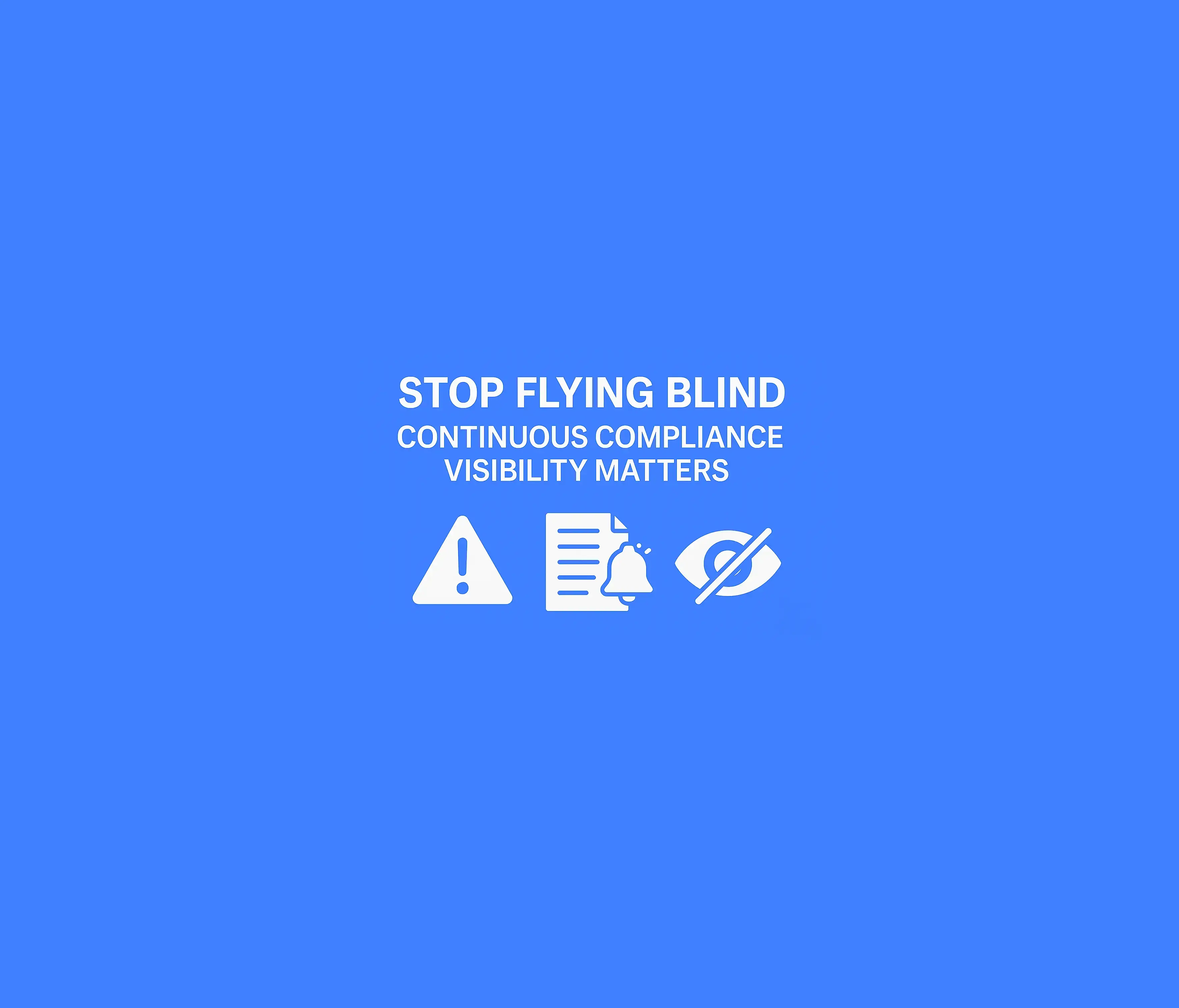Published on
September 15, 2025

It’s about visibility and response. If you can’t see risks as they emerge, you’re already behind and fixing the problem could become harder over time.
For many organizations, compliance blind spots come from fragmented systems and outdated processes. IRS notices arrive by mail. Liens are filed without warning, slipping through unnoticed. Entity status changes get buried in state portals or rely on third parties to act. By the time these issues surface, the damage is already done - delayed audits, penalties, failed funding rounds, or reputational hits.
When a compliance lapse surfaces late, the fallout is more than administrative:
These aren’t hypotheticals. They’re everyday realities for compliance teams who lack real-time visibility.
Modern compliance means moving from reactive to proactive. The standard is no longer “we’ll find out eventually.” It’s “we’ll know right away.”
That requires:
This isn’t about adding more headcount or spreadsheets. It’s about better visibility through the right tools.
Compliance officers are often seen as risk mitigators. With real-time visibility, they become strategic enablers:
Proactive compliance doesn’t just keep you out of trouble. It helps you move faster, with confidence.
Here’s a quick checklist to move from reactive to continuous compliance:
This is the baseline of modern compliance. If any of these steps are missing, blind spots remain.
Compliance failures rarely come from bad intent. They come from latency - not knowing soon enough.
Business Health Pro closes that gap.
With continuous IRS and statutory monitoring, automated alerts, and an exportable audit trail, you get the visibility compliance demands.
Setup takes minutes. Protection lasts.
→ Get Compliance Peace of Mind Today